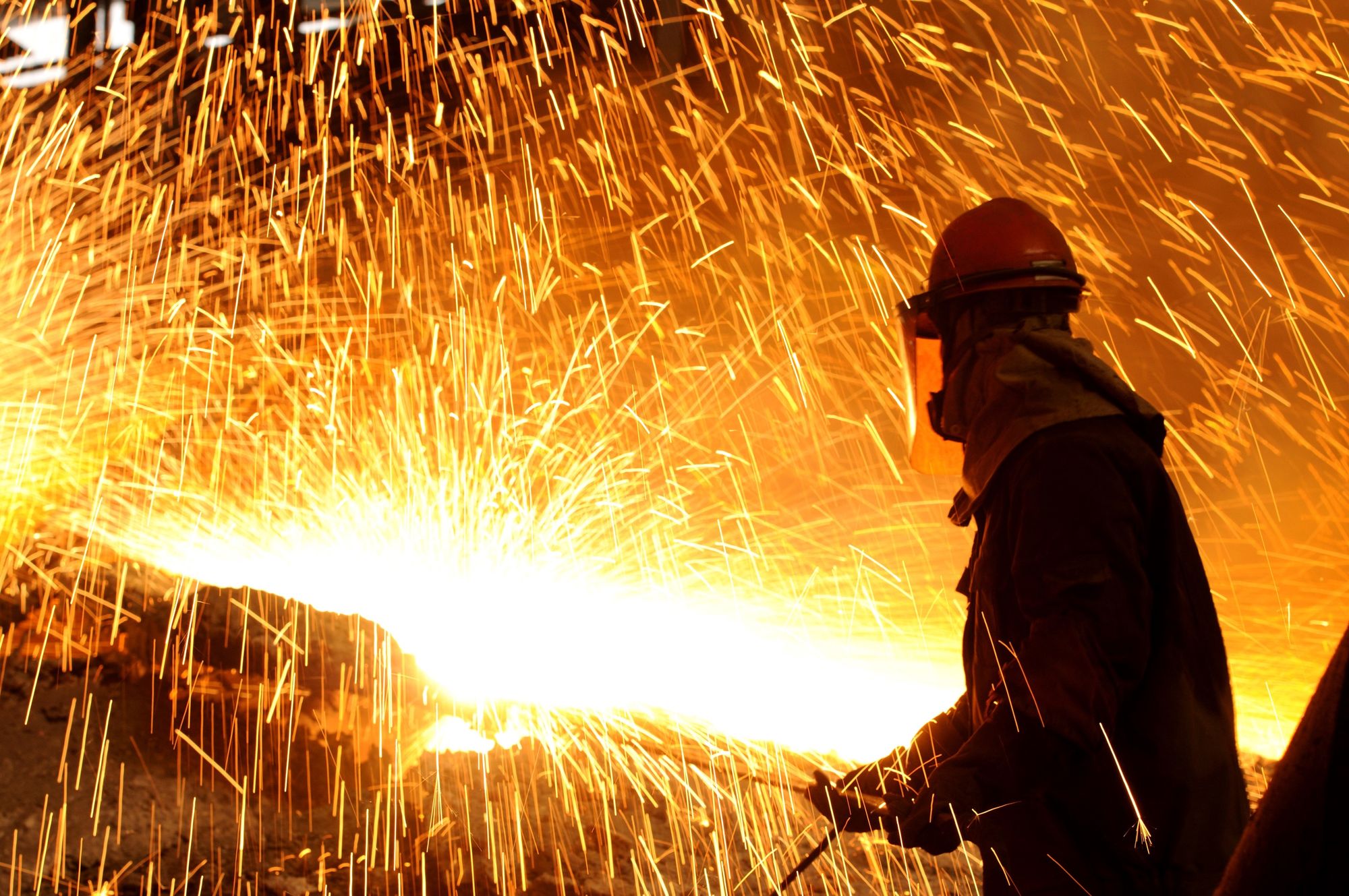Carbon Footprint of Metals

We have a new paper out titled Decomposition Analysis of the Carbon Footprint of Primary Metals.
Here is my attempt at explaining why you should care, what you should know, and what you can take away from it.
Why should you care?
Metals are omnipresent in our society and crucial for its functioning. However, we rarely purchase and use metals directly as individuals, but instead use it indirectly through our consumption of other goods. The metals are then either embodied in the goods we purchase (e.g., laptops, cars, home appliances etc.) or used in the supply chain of other goods (e.g., agriculture machinery in food production).
The consumption of the most important metals has increased faster than GDP. However, metal production is energy and carbon intensive, both at the production site and in the upstream supply chain. In our work we investigate how different technological and socioeconomic drivers have helped increase or decrease the carbon footprint of primary metal production in the period from 1995 to 2018. A better understanding of these drivers and how they have developed historically provides an empirical base for developing policies targeting carbon footprint reductions in metal production and their supply chains.

What should you know?
The drivers investigated in this study were emissions intensity of the energy supply, energy efficiency of metal production, metal consumption intensity (tons metal consumed per unit of GDP in a country), affluency (GDP per capita), population composition(share of global population living in different regions), and global population.
Improved energy efficiency of metal production has had a notably impact on decreasing the carbon footprint of metals. This is potentially due improved production technologies and economies of scale, which has been observed in the steel industry (Figure 2a). The decrease in carbon footprint by improved energy efficiency is however complete offset by increasing affluency, global population, and emissions intensity of the supply chain. Affluency and population growth have historically been strongly coupled to increasing carbon footprint. However, the emissions intensity drivers shows that the energy fuels used in the supply chain of metal production have become more carbon intensive since the turn of the century.

What can you take away from it?
There is a need for a complete system thinking when it comes to policies targeting carbon footprint of metals. Policies need to consider the complete supply chain of the goods we consume to effectively reduce emissions. There are multiple levers to push and pull, as well as trade-offs to be considered due to the complex supply chains. E.g., lightweighting cars might reduce the amount of metal used in the product, but if the lightweighting-technology makes the metal production for the car more energy and carbon intensive, no net reduction may be achieved.
High-income regions appear to have successfully decouple their metal use carbon footprint from increased affluency, especially due to improved energy efficiency and reduced metal consumption intensity (Figure 2b). Although, it is only the case in the last 6-year period of the study, and it is not clear whether they are able to continue the decoupling trajectory if affluency keeps increasing.
